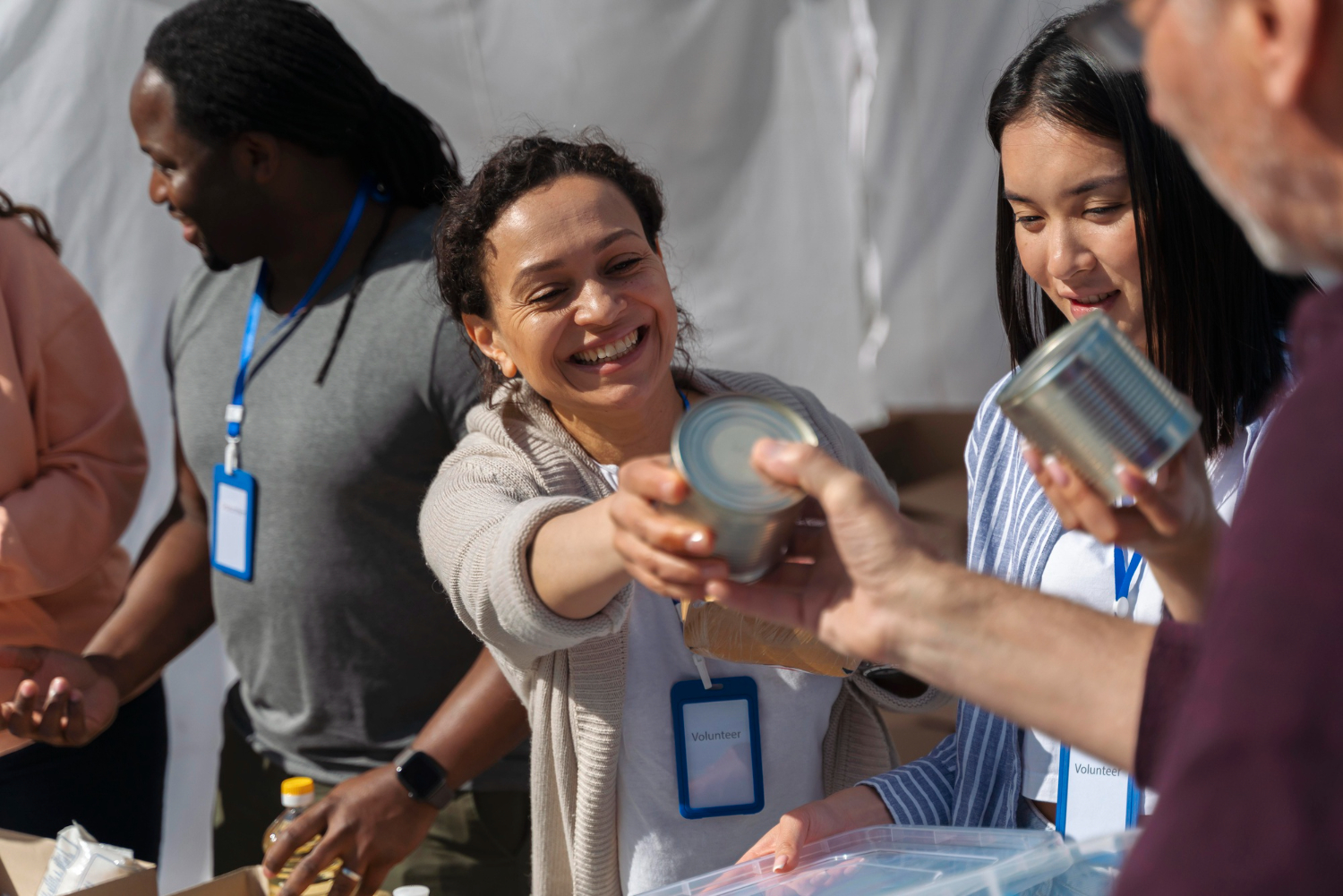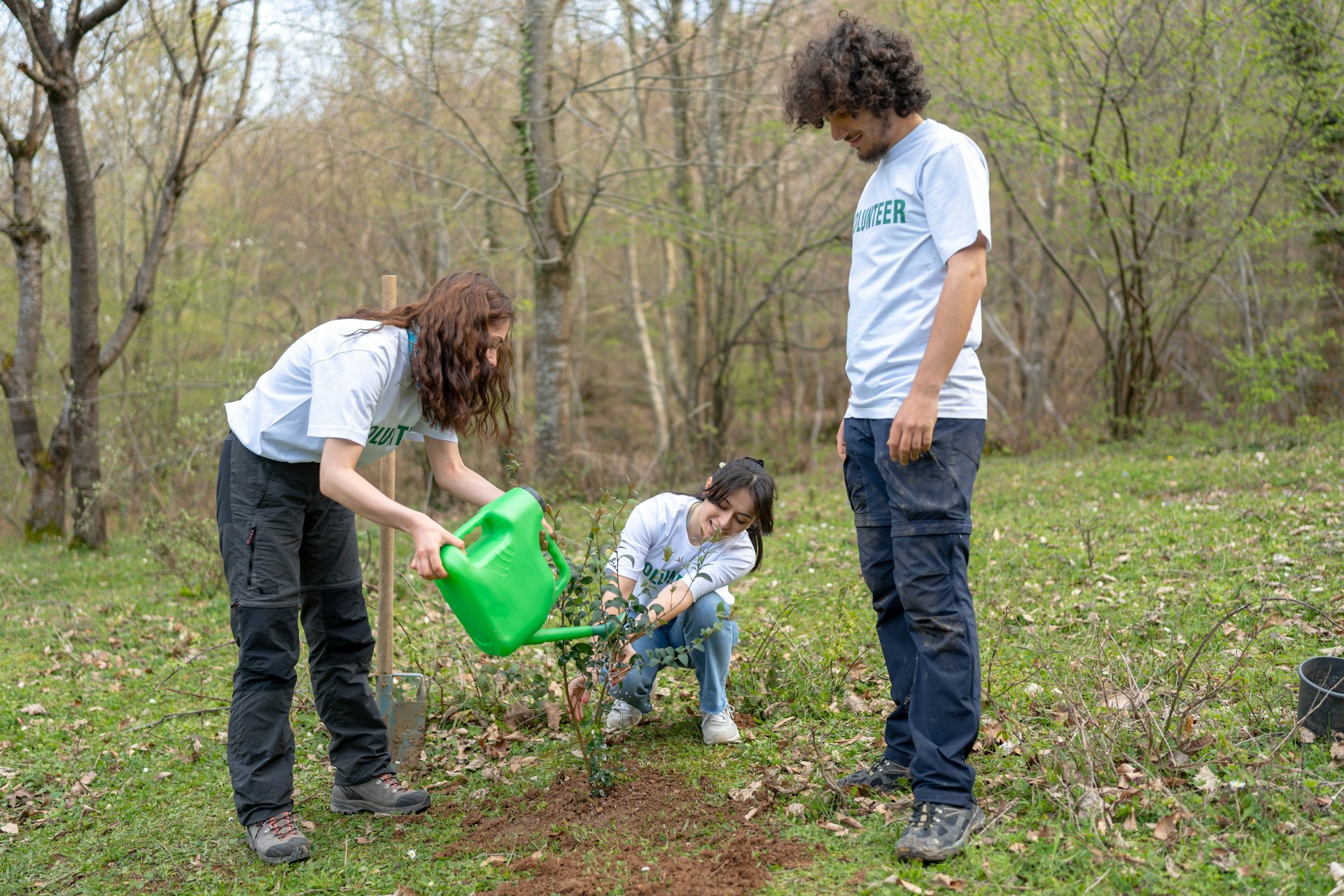When teams are encouraged to give back through volunteering, the experience becomes even more meaningful when their unique talents are put to good use. Matching employee skills with community service needs creates a natural bridge between helping others and doing what each person does best. This approach doesn’t just help nonprofits and local groups solve real problems. It also helps people feel like they’re making a difference in a way that really matters.
The key lies in thoughtful planning and intentional partnerships. When each community service project is backed by the right experience or ability, it boosts morale, drives engagement, and creates long-term impact. An employee giving platform can help connect those dots by linking willing individuals with opportunities that need what they offer. It’s not about signing up for random tasks. It’s about setting people up to thrive while making a difference.
Understanding Employee Skills And Strengths
Before you start matching skills to service, it’s important to figure out what talents your team brings. Everyone has something they’re good at. For some, it’s technical expertise like graphic design or coding. Others might excel in soft skills like leadership, communication, problem solving, or working with children. Even something as simple as being a good listener can go a long way in roles like peer mentoring or support lines.
To make this work, here are a few ways to identify and organize employee strengths:
- Use self-assessment tools or team surveys to gather skill information
- Meet with managers to pinpoint standout abilities within their departments
- Keep an open line for employees to share personal interests or volunteer experience
- Track past involvement to help uncover hidden strengths and passions
Taking the time to learn what people bring to the table creates more thoughtful matches down the line. And when employees get to use the things they’re naturally good at, they’re more likely to feel connected, confident, and ready to give their best.
Let’s say you have a team member who worked in marketing before switching to customer service. That kind of crossover could be just right for helping a small nonprofit develop a campaign or manage its social media. Matching that person with a group facing those needs means both sides benefit. Someone gets real support, and the employee feels proud of their contribution.
Identifying Community Service Needs
Community groups, nonprofits, and mutual aid organizations often have more needs than hands to handle them. Some look for physical help like cleanups, repairs, or packing events. Others need professional input like accounting, legal advice, or web development. And some just want people who can show up regularly and help keep things running, whether it’s tutoring, mentoring, or organizing supplies.
The challenge is finding out which needs are the most urgent or would benefit the most from specific support. Here’s how you can get started:
- Reach out to nonprofits or volunteer networks to ask what roles are most in demand
- Look at local event calendars or announcements to see where help is needed
- Talk directly with community leaders to understand long-term priorities
- Use feedback from past volunteer efforts to refine partnerships going forward
When companies put this kind of effort into learning about community needs, they avoid a one-size-fits-all approach. Each organization benefits in a way that’s thoughtful and productive, not just well-meaning.
Understanding those service gaps also builds stronger connections. Instead of volunteering once and moving on, employees build relationships with the people and groups they help. That ongoing trust and involvement has a lasting impact, both for the community and workplace morale.
Effective Matching Strategies
Once you’ve gathered information about employee strengths and the needs of community partners, the next step is creating a smooth system for matching the two. This doesn’t have to be complicated. An employee giving platform makes it easier to sort, filter, and recommend opportunities that fit an individual’s background or interests.
A strong match is built on more than just general categories. Instead of sending everyone with communication skills to the same kind of project, look at the details. Someone who coaches youth sports might use that communication skill differently than someone who writes grant proposals. Understanding how that strength shows up day to day helps place people where their impact will be the strongest.
Here are a few tips for smarter and more thoughtful matching:
- Make a habit of connecting with community groups to understand their expectations
- Let employees select roles based on skill fit and personal interests
- Match roles to gaps, not availability alone
- Try smaller pilot programs first to test how certain matches work in practice
- Give employees a voice in how feedback is gathered and changes are made
The goal is to reduce guesswork and frustration. When people feel like the volunteer role fits who they are and what they bring, they’re more likely to return, recommend it to coworkers, and stay engaged with future projects.
Real-World Examples And Best Practices
To make things clearer, let’s walk through a hypothetical example. Imagine a tech firm with a talented group of programmers. One of the local libraries wants help building out an online booking system for its meeting rooms. While this isn't an exciting project for some, it’s a perfect match for that team. They get to volunteer in a real, focused way. Meanwhile, the library fills a need it couldn’t fix on its own.
When companies start looking at volunteering through the lens of skill pairing, results look different. Time is used well. Both the employee and organization benefit. To make the most of these outcomes, here are a few best practices:
- Set goals early on so both the nonprofit and the volunteers are clear on what success looks like
- Allow flexibility in timing or structure so people can participate how they’re able
- Debrief after each experience to learn what worked and what didn’t
- Keep updates flowing between teams and volunteer managers to stay aligned on priorities
- Rotate roles or projects so employees try different things or work with new groups
As with any program, mismatches or confusion can come up. That’s okay. When steps are in place to handle those moments with care, the overall experience stays positive. Small changes and good listening go a long way in creating a program that feels meaningful and sustainable.
Making Volunteerism Part Of Workplace Culture
Skill-based volunteering doesn’t need to be a once-a-year thing. When it’s built into the company’s culture, it becomes something that employees look forward to and feel proud of. And it doesn’t have to take up entire work days to count. Even a couple of hours a month doing something that matters can be enough to keep people engaged and motivated.
Creating a culture of service starts from the top but stays strong through participation. Leaders who support community involvement should encourage their teams by leading by example and celebrating wins. But the best programs also leave space for grassroots ideas, peer encouragement, and small team-led initiatives to grow over time.
Over time, volunteering becomes less of an extra activity and more of a steady part of how the team connects. Employees feel seen for what they can do outside their day jobs. Community partners feel appreciated. The relationships that form along the way often extend well beyond the scheduled hours.
When companies find that alignment between team skills and the needs outside their walls, it sparks something powerful. It builds confidence, strengthens loyalty, and brings people together for something bigger than the workday. Matching people’s strengths to real community needs doesn't just make sense. It makes a difference.
For businesses aiming to strengthen community connections and boost team spirit, leveraging an employee giving platform is a smart way to match team talents with real-world needs. At Chezuba, we're here to support your goals and help turn volunteering into something meaningful for everyone involved. Let’s build something great together.


















.jpg)

































.webp)
.webp)
















































